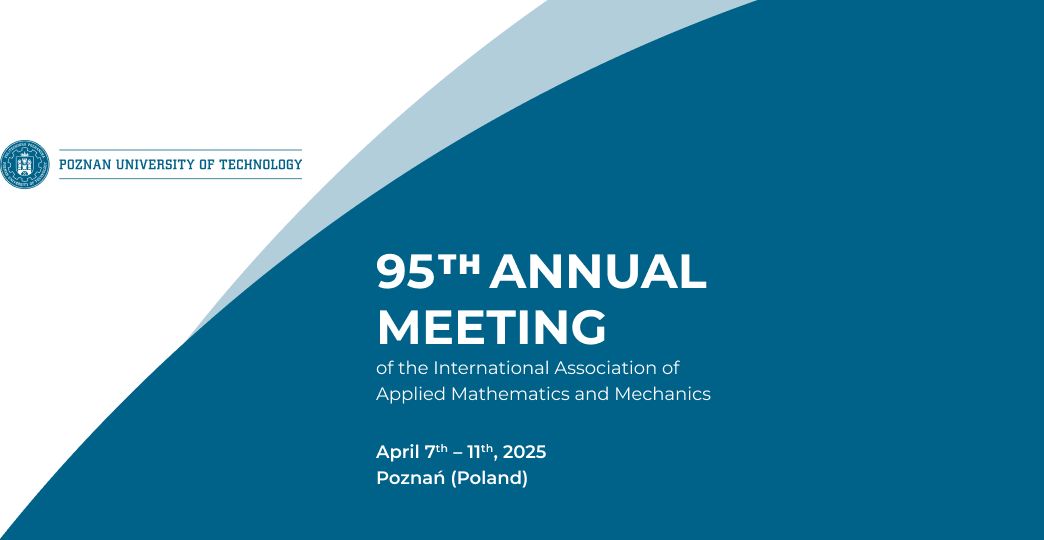Speaker
Description
Metastable alloys, like stainless steels, applied in the proximity of absolute zero, undergo at extremely low temperatures three coupled dissipative phenomena: intermittent plastic flow (IPF), plastic strain-induced phase transformation as well as evolution of micro-damage, including radiation-induced damage. IPF is characteristic of low (LSFE) and high stacking fault energy (HSFE) materials strained at extremely low temperatures. It represents an oscillatory mode of plastic deformation and reflects the discontinuous nature of the plastic flow. Low temperature serrated yielding (IPF) occurs below threshold temperatures: T1 for LSFE and T0 for HSFE materials. IPF consists in frequent abrupt drops of stress as a function of strain during kinematically controlled loading. The mechanism of IPF is related to the formation of dislocation pile-ups at the internal lattice barriers (the Lomer-Cottrell locks). Accumulation of dislocations in the pile-up leads to an increase of the resolved shear stress at the head of the pile-up until the stress reaches the level of cohesive strength and the lattice barrier breaks. Another important phenomenon that occurs in metastable materials at extremely low temperatures is the plastic strain-induced fcc-bcc phase transformation. It manifests itself by a rapid change of crystallographic structure from fcc parent phase to bcc secondary phase. The plastic strain-induced martensitic transformation in stainless steels is related to the TRIP (transformation-induced plasticity) effect, resulting in the uniform, unrecoverable, macroscopic strain. Finally, a third important phenomenon is related to the evolution of microdamage, including radiation damage. During irradiation, energetic particles penetrating the lattice displace the atoms from their original positions. Exposure to a flux of particles leads to the creation of clusters of defects. As a result of the cascade process, pairs of interstitial atoms and vacancies (the Frenkel pairs) are massively created. The vacancies often accumulate in clusters by means of diffusion. The nature of mechanically induced micro-damage, comprising micro-voids and micro-cracks, is different from the nature of radiation-induced micro-damage. Experimental identification of the plastic strain-induced phenomena at extremely low temperatures is quite complex. It involves a set-up consisting of a double-wall cryostat, well instrumented insert containing the sample, transfer line linking liquid helium (or liquid nitrogen) dewar with the cryostat mounted in the standard traction machine. Specific tests aimed at understanding the IPF as well as the plastic strain-induced fcc-bcc phase transformation are reported. The relevant constitutive models are shown. Moreover, dedicated experiments related to the macro-crack initiation and propagation in the presence of IPF and fcc-bcc phase transformation are discussed.

